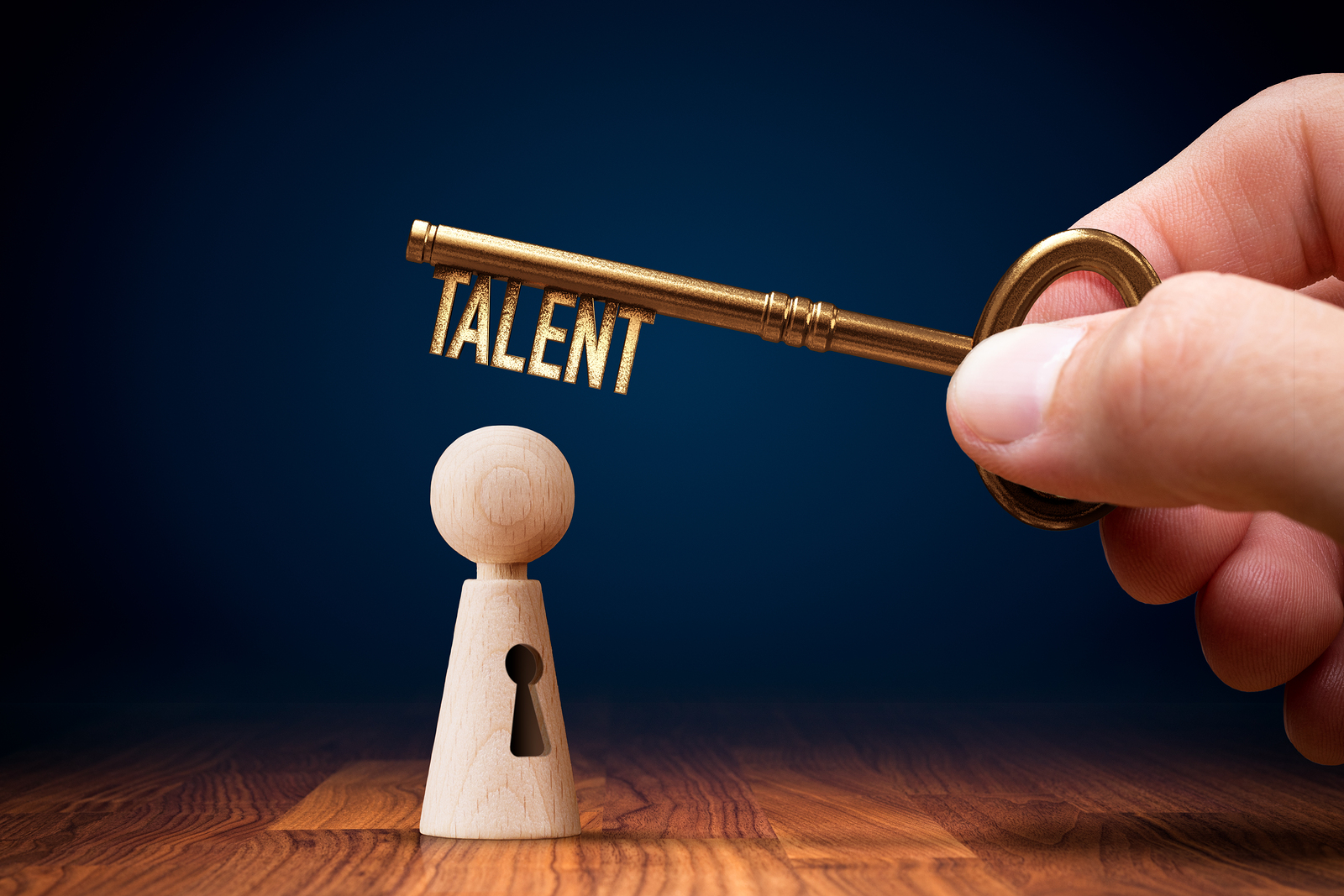Maximize Talent
Employee mobility is a new reality that many organizations will wrestle with in coming years. As new jobs are created and others disappear in a world of AI and automation, the competition for talent will shift. How you hire and retain A-Players will change dramatically.
To seize opportunities and beat the competition, you will want to read Flat, Fluid and Fast: Harness the Talent Mobility Revolution by Brynne Kennedy. She’s the Founder of award-winning talent mobility software company Topia. I recently spoke with her about her research in workplace trends.
Workplace Trends
Take us into your research into workplace trends. What are a few of these trends and how are they already showing up?
From demographics to technology, the economy is changing dramatically and so is the way we work. To help more workers thrive, and to make organizations more agile and efficient, we must understand these changes as they are occurring and redesign both business operating systems and our contract for work in America.
- Millennials and Gen z are 60% of the workforce. They switch jobs frequently and their careers are more fluid and less linear than prior generations.
- Automation and AI is creating new jobs and industries, but also threatening others.
- In today’s economy, work is increasingly dependent on mobility—across locations, projects, career progression, family needs and more.
- Traditional HR models are often too siloed to respond to the needs of increasingly distributed and remote work models.
- Companies and policy makers need to support a different world of work, making it easier for individuals to utilize their skills in more ways.
In Flat, Fluid and Fast, I discuss how these trends are transforming the way we work, and what companies, workers and policy makers must do to prepare for them.
For those who haven’t yet read your book, what is the Talent Mobility Revolution?
The converging forces of globalization, demographic change and automation are creating great disruptions in the workforce. Jobs are being replaced and new ones are being created at a pace that is almost unimaginable. Work inside companies is shifting to more project-based work. Skills are overtaking job titles as the new currency of work. All of this means that employees are more mobile than ever before. Throughout a career they work across companies, teams, locations, geographies and jobs. This is the Talent Mobility Revolution. Companies must prepare for it to continually attract, retain and engage employees. Workers must plan for it in their careers. Policy makers must ensure that with this much more fluid work that workers are supported with good pay, good benefits, collective bargaining rights and continued skills development regardless of the construct in which they are working. In Flat, Fluid and Fast, we look at how the Talent Mobility Revolution is influencing many new ways of working today – from office design, to career paths, to employee engagement and reward.
How should organizations restructure and change in light of it?
Companies must recognize that disruption will be more frequent than ever in their businesses – and consistent employee learning and movement must move along with it. Employees will work across geographies, locations (home or office), jobs (different teams and functions) and employment types (full time and freelance). To enable this, businesses must shift to make talent mobility a core part of the traditional human resources function and consolidate the responsibilities for these different types of movement. Company leaders and hiring managers must shift from purely hiring for what it says on a resume or on prior job titles, to hiring for skills, and then matching these skills to jobs that come up. Workers should continually develop their skills throughout a career and think about how they apply to different work, making them resilient in the face of disruption. In Flat, Fluid and Fast, I provide an end-to-end, 10-step playbook for how businesses should transform for success amid the Talent Mobility Revolution.
4 Types of Talent Mobility
What policies should be considered?
There are four type of talent mobility – geographic, location, job and employment – all of which I discuss in detail in Flat, Fluid and Fast. These should be managed by a single, unified talent mobility function, and each of these should have a set of policies that guide how they operate. For example, for geographic movement, the policies should guide the benefits, payroll and tax structures for when someone is working across different locations. For location movement, the policies guide when and how employees work virtually and from outside the office. For job movement, the policies guide when an employee may apply for a new job (role or project team) within the company and when the company may offer them. For employment, the policies should ensure that full time and freelance workers are managed as one workforce, all with appropriate benefits, employment protections and bargaining rights. Overall, the policies should guide what kind of work is assigned to which worker, when and where. This dynamic skills and jobs matching both engages employees and makes careers resilient in the face of disruptions from automation, globalization or other trends. Flat, Fluid and Flat includes a detailed section on setting up these policies and then making them work successfully.
Office Design Trends
You talk about office design trends. What are a few things to look out for?
Many more people are working outside of the office – from homes, cafes, airplanes, co-working spaces and more. Increasingly, people often work outside of the office and then come into the office to plan, ideate and collaborate. This means that offices are shifting from the large, industrial floor plans of prior decades to smaller offices that are more creative and collaborative. These spaces may or may not have assigned desks, but they generally have much more “breakout” space (beanbags, couches etc.) for people to work together and brainstorm. Real estate costs are declining, but companies must correspondingly invest in virtual work technologies (video conferencing, messaging etc.) to enable employees working from everywhere, and set cultural and operational norms to make this a success. In chapter 3 of Flat, Fluid and Fast, I discuss the shift from traditional office design to today’s office design and how to set it up for success.
What are a few of the leadership challenges that organizations will face?
With a more mobile and distributed workforce, leadership changes and communication can be more challenging. Team leaders and managers must learn to communicate and work more virtually, setting an example for their distributed teams. In a Flat, Fluid and Fast company, workers are often also working across more project teams, more regularly which means that they may work for many different “bosses” throughout a career. In the Flat, Fluid and Fast world, workers will have a manager (or sponsor) who provides feedback and guides them through a career, but their actual work assessments may come from different project leaders based on their work across different projects.
What are some ways leaders are winning the talent war by adopting Flat, Fluid, and Fast tools?
White collar workers today increasingly want flexibility and learning in their careers. A single career will likely consist of many “tours of duty” across different projects (job movement) within a company, often, across different offices (geographic movement) and while working across home and the office flexibly (location movement). It may also include “tours of duty” outside the company working as a freelancer or taking on other personal projects or learning assignments (employment movement).
Sponsoring this type of flexibility allows workers to develop skills and continually engages them, increasing retention. It also sets a framework to easily match workers’ skills to new job opportunities if disruption occurs to a prior job from automation. Any company leader who fails to understand the Talent Mobility Revolution and its impact on work will be left behind in the future of work.
What is the impact of the Talent Mobility Revolution on our country as a whole, and what are you up to now?
 The Talent Mobility Revolution is changing how we work, creating new opportunities for workers to balance work and family and have job resilience in the face of disruptions, while simultaneously increasing the possibility that these trends can be abused to the detriment of workers. To ensure our workers benefit and don’t lose out from the Talent Mobility Revolution, we must have government leaders who understand what is happening, can design policies to expand the pie for our workers and are able to work collaboratively with companies and labor unions. These policies must extend traditional employment benefits, protections and bargaining rights to all workers, while increasing learning and skills development throughout a career. At the same time, we must recognize that we have growing demand in our trades. Apprenticeship programs that lead to stable employment in the trades must also grow.
The Talent Mobility Revolution is changing how we work, creating new opportunities for workers to balance work and family and have job resilience in the face of disruptions, while simultaneously increasing the possibility that these trends can be abused to the detriment of workers. To ensure our workers benefit and don’t lose out from the Talent Mobility Revolution, we must have government leaders who understand what is happening, can design policies to expand the pie for our workers and are able to work collaboratively with companies and labor unions. These policies must extend traditional employment benefits, protections and bargaining rights to all workers, while increasing learning and skills development throughout a career. At the same time, we must recognize that we have growing demand in our trades. Apprenticeship programs that lead to stable employment in the trades must also grow.
For more information, see Flat, Fluid and Fast: Harness the Talent Mobility Revolution.


